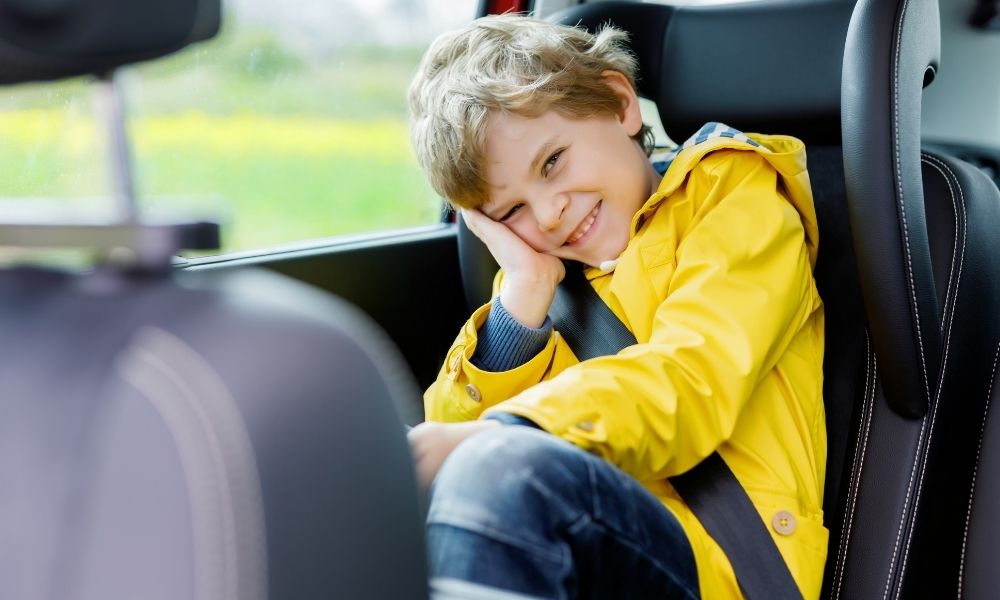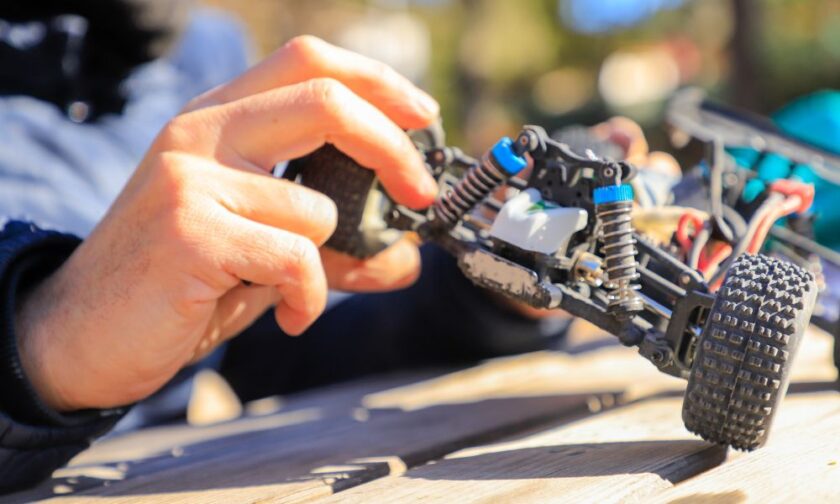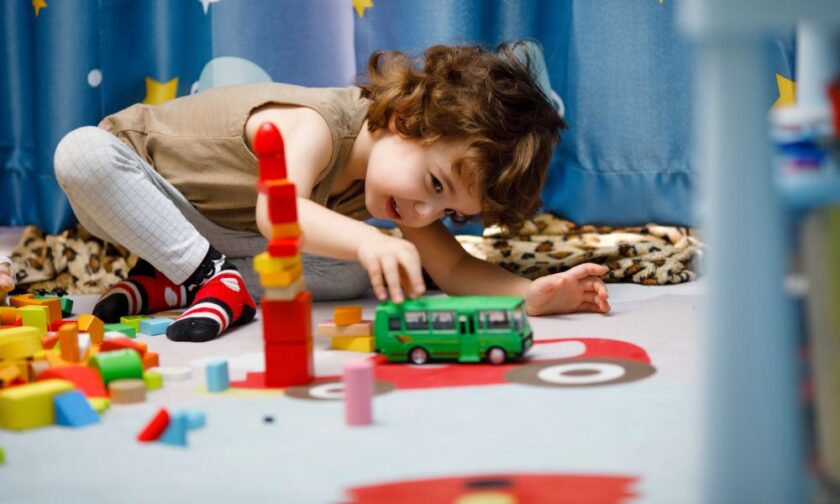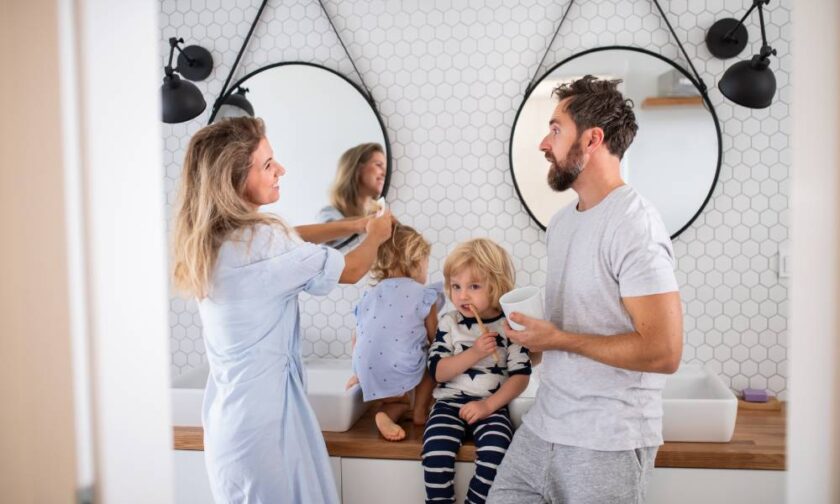Any parent who has ever tried to drive somewhere with kids knows that the car can be a zoo. This is especially true if you are the parent of a child with autism. Between uncomfortable restraints and many of our young ones’ desire to not be cooped up in small spaces, there are plenty of ways the car cannot only become chaotic but dangerous, too. To keep our kids safe, we’ve compiled these car safety tips for children with autism.
Identify the Hazards
You can’t keep your children safe against dangers that you aren’t aware of. Take time to examine the backseat with your child’s behavioral patterns in mind. Does your child tend to want to open doors? Make sure the child safety lock is engaged. If your child tends to become overwhelmed and act out when overstimulated, be sure to keep the radio down. Also, don’t underestimate the value of communicating clear expectations of what is and is not acceptable in the car.
Keep the Car Clean
Because you’re in the driver’s seat, you can’t always see or react quickly to any object your child may pick up that isn’t safe. Checking that the car is clear of potentially dangerous clutter should be done before the child is put in the car. Also, a dirty car can become overstimulating and uncomfortable for a child with autism, making it harder for them to make the right choices. Cleaning your car interior will make for a happier ride for you and your child.
Car Seat Safety
Every child responds differently to car restraints. For many children with autism, restraints are especially uncomfortable, and they will likely try to take them off. If your child can successfully escape from the car seat that you have now, consider getting one specifically made for children with autism. These car seats often have extra padding or support to make children more comfortable.
Have a “Car Trip Kit”
One of the best ways for kids to not act out in a car ride—causing potential safety hazards in the process—is by giving them access to things that they enjoy doing in the car. For example, you can stock up on books and comics that relate to any special interests, video games, or snacks. This may also make them more likely to want to get in the car when it’s time to go.
Create a Plan for Different Scenarios
Our ability to promote car safety for children with autism lies just as much in our ability to respond well to hazardous scenarios as it does in our ability to prevent them. So, for every hazard that you have identified, decide how you will respond if the situation happens. If your child escapes the car seat, know in advance that you will pull over to refasten it. If, Heaven forbid, you were in a car accident, have identification visible somewhere or on the child’s person that informs rescuers that your child has autism, so they will respond accordingly.






